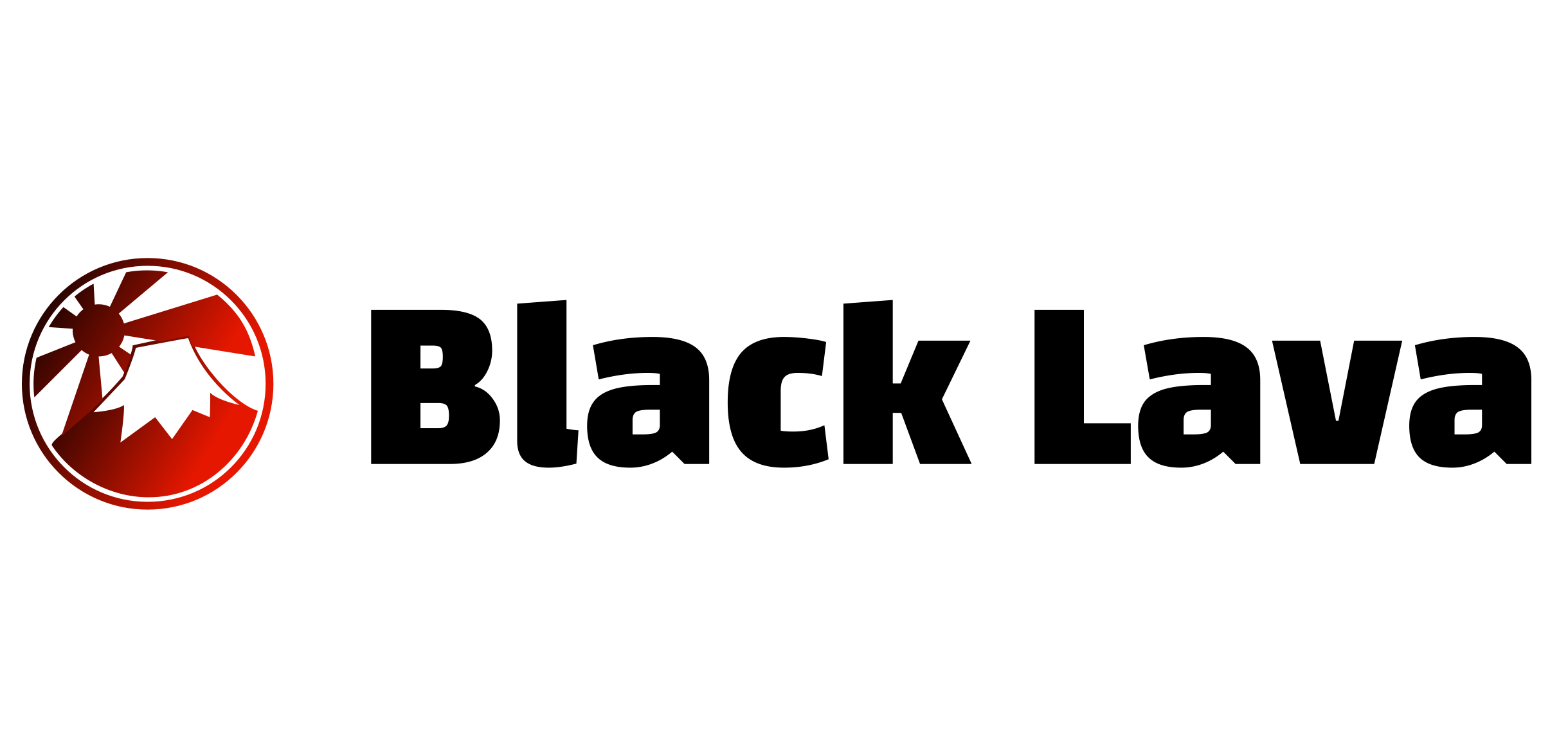Sometimes, the world falls silent not with an explosion but with a small, blinking message: Error 500.
Yesterday, millions of users opened X (Twitter), ChatGPT, Spotify, League of Legends, and even major news portals only to be greeted with that same cold message. No warnings, no explanations. Just a wall. A pause. A strange stillness across a normally noisy digital world.
At first, people blamed their WiFi. Then their devices. Then—maybe—the universe.
But the truth was simpler, and far more unsettling: Cloudflare had gone down.
Cloudflare, that quiet, invisible guardian of much of the modern web, stumbled for a moment. And when it stumbled, the world felt it.
But beneath all this chaos lies a crucial question—how can your business survive when digital giants collapse?
Let’s explore the story, the cause, and most importantly, the lesson.
The Collapse That Froze the Web
(A Tere-Liye style reflection on a moment of digital fragility)
Imagine a vast, intricate highway system—millions of cars rushing, merging, splitting, speeding across continents. Now imagine one major interchange failing.
Not slowing down.
Not being partially blocked.
Failing entirely.
That is what Cloudflare is to the Internet: a massive intersection of speed, security, and connectivity. When its internal bot-detection module malfunctioned due to a faulty configuration, traffic choked. Websites could not load. APIs stalled. Apps crashed quietly in the palms of confused users.
Even Cloudflare’s own status page—ironically meant to keep us informed during chaos—disappeared into that same void.
From around 12:30 PM, systems around the world began to tremble. By mid-afternoon, people everywhere were convinced the Internet itself had fractured.
And perhaps, in a symbolic way, it had.
How Users Experienced the Outage
The stories poured in like echoes in a dark hallway:
-
X (Twitter) timelines refused to load; posts failed silently.
-
ChatGPT froze mid-conversation, refreshing endlessly as if trying to breathe underwater.
-
League of Legends players were kicked out mid-battle, their victories and strategies dissolving into thin air.
-
Digital media sites turned blank, white canvases of nothingness.
-
Even Downdetector, the tool people use to check if a service is down… also failed. Because it, too, relies on Cloudflare.
It felt like an Internet earthquake. And though everything eventually recovered around 15:30, one truth remained:
If one company’s temporary misstep can take half the web down… how safe are you?
Why One Outage Can Paralyze the World
(And what your business must learn before the next collapse)
There is a quiet danger in depending on a few massive providers. Like placing all your valuables in one vault. Efficient, yes. But when that vault jams, the consequences ripple across everything you own.
Cybersecurity expert Eusebio Nieva (Check Point) said it clearly:
Dependency on a few providers multiplies the impact of any error.
Another analyst, Diego Suárez (Transparentedge), reminded businesses of a difficult truth:
The promise of high availability becomes fragile when too much traffic flows through too few nodes.
And that is the heart of the matter.
The Internet is powerful, but it is not invincible.
For Businesses, This Is the Wake-Up Call
If your company:
-
handles online sales,
-
depends on cloud-hosted apps,
-
uses AI tools,
-
runs customer portals,
-
depends on content loading instantly…
…then yesterday was not merely “an inconvenience.”
It was a warning.
A reminder that the digital world—so fast, so seamless—can still tremble.
And your business needs protection, redundancy, and intelligent failover systems before the next disruption hits.
What Your Business Should Do Now
(A conversion-oriented guide to staying safe in an unpredictable digital era)
Cloudflare has already promised stronger internal validation, new “panic buttons,” and more robust anti-bot modules. That’s good news.
But you cannot simply wait and hope others keep your systems safe.
This is where proactive businesses step forward.
Here’s what smart companies are doing — and what you can start today:
1. Using Multi-Layer CDN and Security Providers
Don’t rely on just one provider.
Spread the risk.
Protect your uptime.
2. Implementing Intelligent Failover Systems
If one network collapses, your traffic automatically reroutes to another.
Customers never notice.
Sales never stop.
3. Monitoring Services 24/7 With Automated Alerts
Know the moment something fails—
not hours later, when it’s too late.
4. Strengthening API Reliability and Load Balancing
Because modern apps don’t use one connection—
they use several.
Each one must stay healthy.
5. Working with a Professional Cloud & Security Service Partner
A partner who handles incidents, planning, redundancy, optimization, and emergency responses.
A partner who stays awake so your business doesn’t have to.
A Gentle Reminder: Protect What You’ve Built
When Cloudflare fell, the world didn’t end.
But for a moment, everyone felt the fragility of the digital universe.
Your business—your livelihood—deserves better than fragile foundations.
If you’re ready to protect your website, your apps, your data, and your customers with professional cloud resilience and security solutions, now is the moment to act.
Because the next global outage will come.
The question is:
Will your business be ready—or will you be left staring at “Error 500”?
👉 Get your protection plan today. Let us help you build an Internet presence that doesn’t break when giants stumble.
